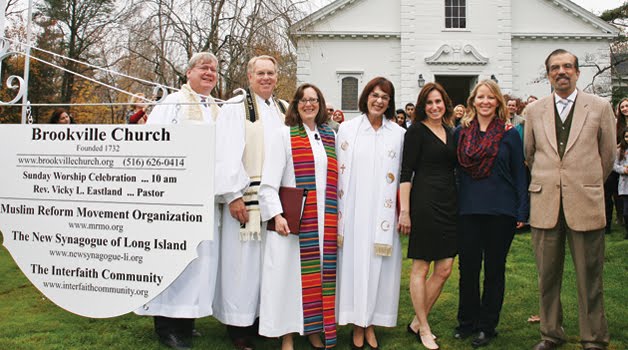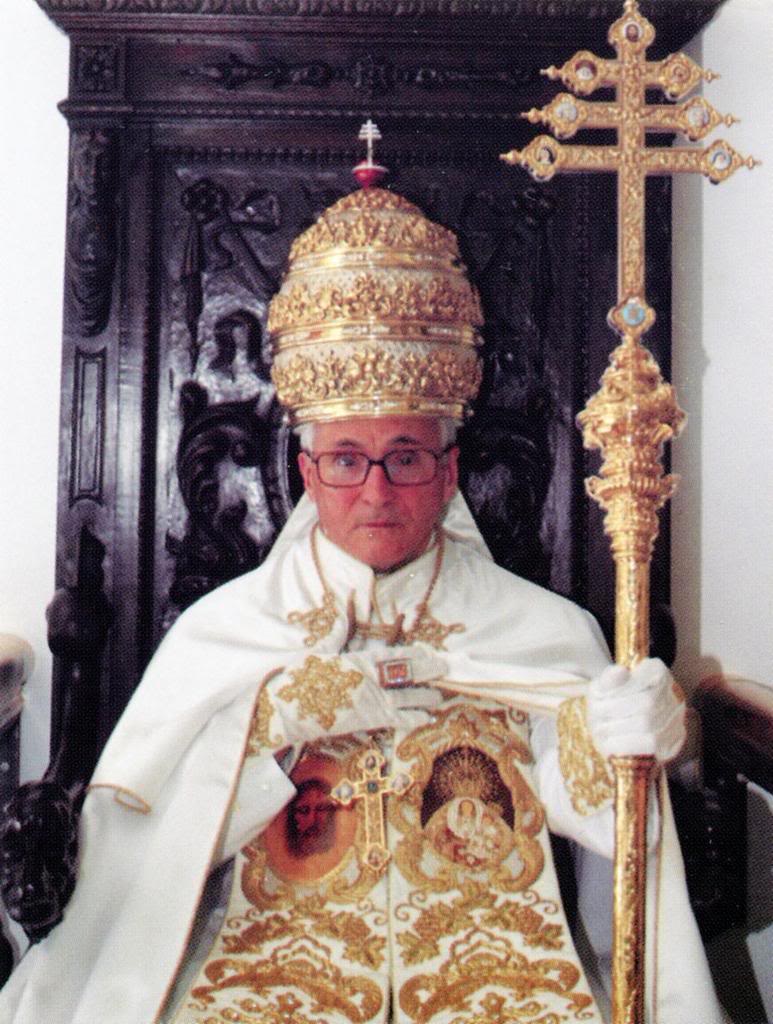
1) The establishment of the Multifaith Campus at a mainline Protestant church on Long Island, New York, represents a novel experiment in different religions sharing the same worship space and using the experience as a source of interfaith education. The Brookville Reformed Church hosts the Muslim Reform Movement Organization, the New Synagogue of Long Island, and Interfaith Community of Long Island, which is an education program for interfaith families. These four congregations go beyond sharing costs in renting the sanctuary and fellowship hall. While not blending religions, the campus encourages mutual learning between the various traditions. There are other cases of Christians, Jews, and Muslims sharing spaces, such as the Tri-Faith Center in Omaha, Nebraska, and the House of One in Berlin, Germany. But Long Island’s Multifaith Campus is more unusual because of the participation of the Interfaith Community—with approximately 100 members—in its various religious activities and services. As part of their education, the children of the community with one Christian and one Jewish parent (there are few interfaith families involving Muslims) are expected to attend at least one church service and one Shabbat service at the campus each month. The religious leaders on the campus also study together and officiate at life-cycle ceremonies for interfaith families, each involving themselves in their respective religious holy days and preaching in each other’s congregations. (Source: Washington Post, April 14).
2) If it had taken place in Rome, it would have made headlines worldwide—the pope has stated that he lost faith and decided to leave the church and to marry. This pope, however, does not reside in Italy but in Spain: Gregory XVIII (Ginés Jesús Hernández Martínez) was crowned in 2011 in Palmar de Troya (Spain), headquarters of the Palmarian Church. Located in Andalusia, it had become a place of Marian apparitions in the late 1960s. Among the people it attracted, one Clemente Domínguez Gómez claimed to receive visions too and started a movement that came to break with the Roman Catholic Church. In 1976, along with close followers, he managed to receive episcopal consecration from a retired Vietnamese archbishop, which led to the excommunication of all involved and to a long series of consecrations of Palmarian bishops. Following the death of Paul VI, Clemente was crowned Pope Gregory XVII by his followers. After he passed away, Peter II succeeded him (2005-2011), and then Gregory XVIII.
The Palmarian Church developed strong apocalyptic beliefs as well as several doctrines and practices of its own, including a revised, shorter Mass and its own Holy Palmarian Bible and Palmarian Creed. The movement spread across the world but grew increasingly closed and strict, enforcing strong regulations for the daily lives of Palmarian faithful (dress code, strong limitations to interaction with outsiders). As a consequence, the movement experienced schisms and lost many members; it may be down to 1,000 followers, around the huge basilica it built, says Magnus Lundberg of Uppsala University. In recent months, the ex-pope had attempted to introduce some liberal changes. The leader’s apostasy comes as a huge blow to the movement. The Palmarian Secretary of State (a Swiss citizen, Markus Josef Odermatt) has become the new pope as Peter III and may continue with a liberalizing policy, according to Lundberg. At this point, little has filtered through regarding reactions inside the Palmarian Church, though Lundberg does not rule out either an exodus of members or the creation of splinter groups. (Source: ABC de Sevilla, April 30).